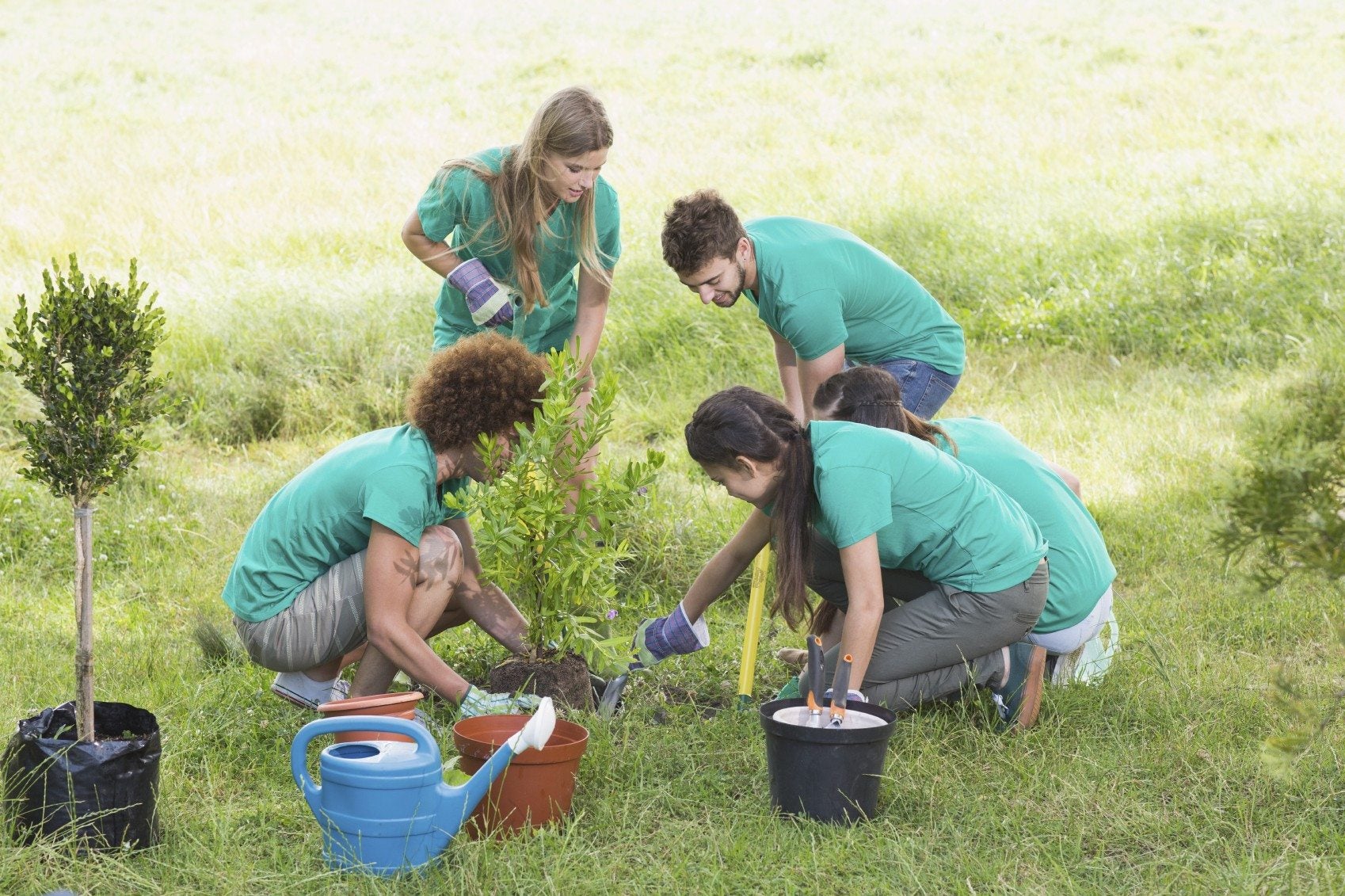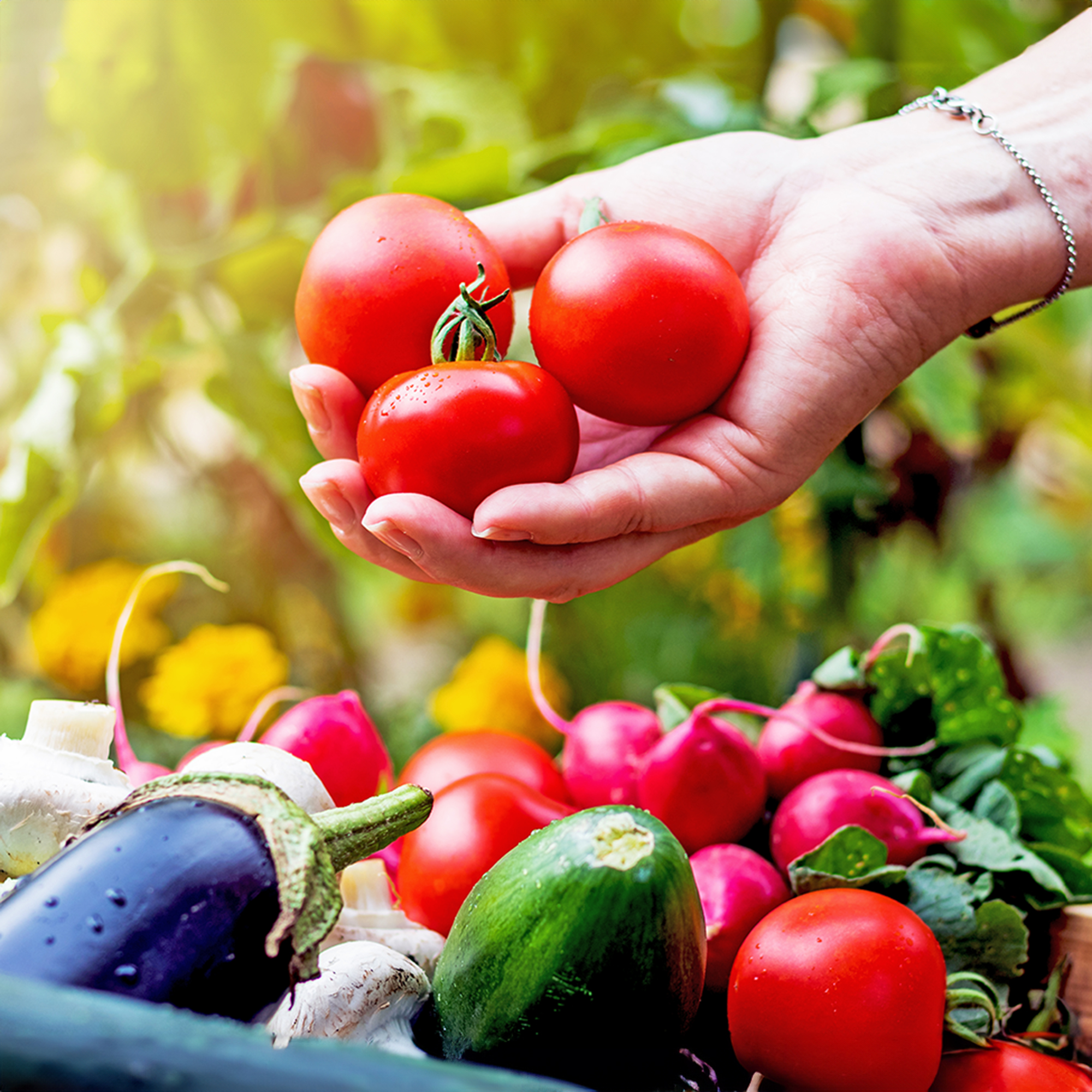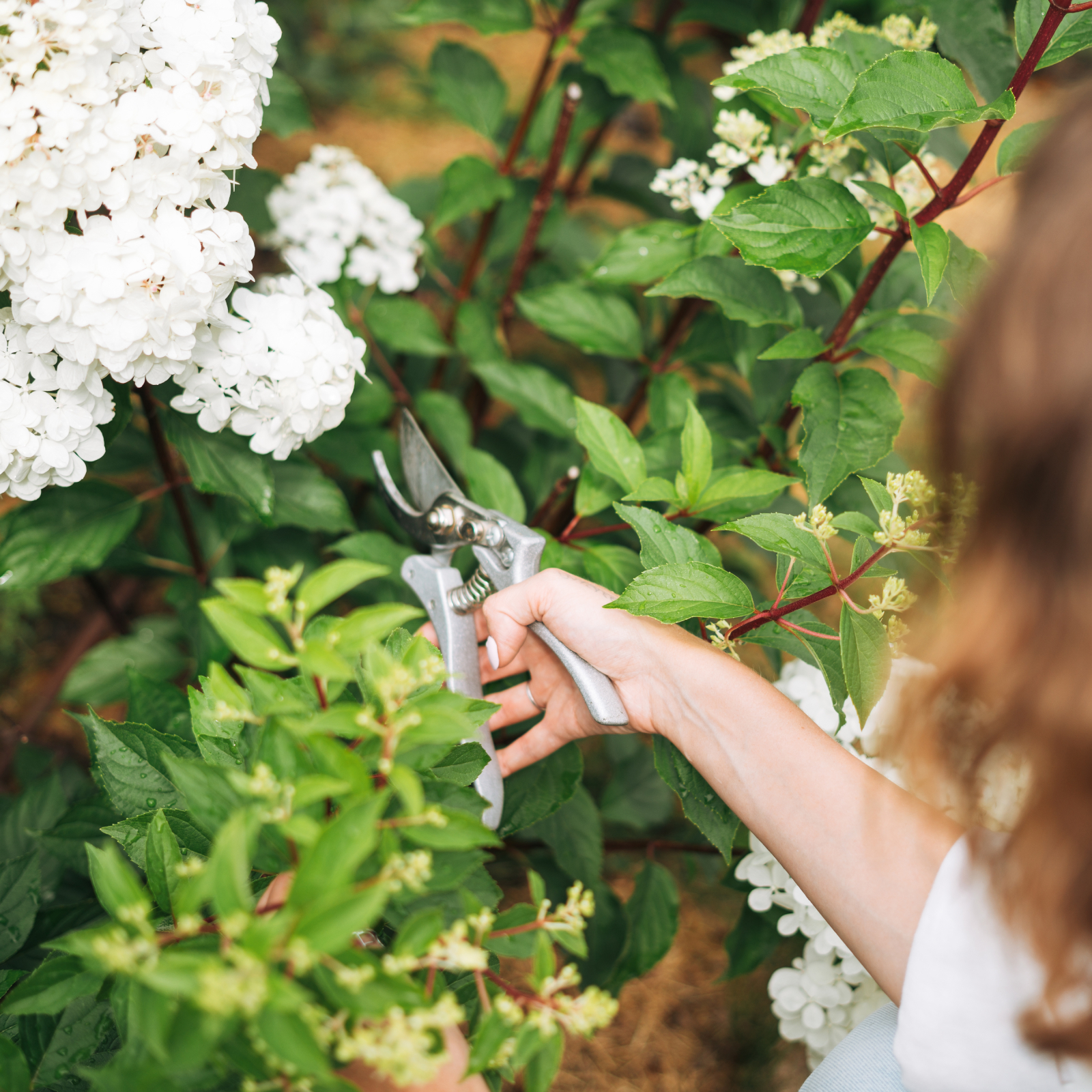Volunteers In Community Gardens – Tips For Starting A Community Garden


Volunteering is an important part of community interaction and necessary for many projects and programs. It is always best to choose a volunteer program that speaks to you and about which you have passion. Volunteering for community gardens is often the perfect match for plant enthusiasts. Some municipalities have special programs run by the Parks Department or community college. Starting a community garden often begins with finding out if any of these resources are available to help.
Finding Community Garden Volunteers
In order to start a public garden space, you need to know how to organize volunteers. Volunteers in community gardens should work to their skill and physical levels, but there is something almost anyone can do. Planning is crucial to recruiting and organizing volunteers efficiently. If you have no plan, work will go slowly, volunteers may get frustrated and quit, and resources will not get used effectively. So start by thinking about the project's goals and the types of assistance needed. Then get going on finding and managing the perfect volunteers for the garden. Once you have a site, all the permits necessary and building materials ready to go, you need hands and bodies to make the garden structure. Community garden volunteers may find you if you advertise in a local paper, put up signs or they simply hear about the project through local garden clubs, civic groups or other means. My local pea patch program advertised for volunteers in Craigslist. It was an effective and efficient way to get the word out and once work began, passersby and motorists also began to inquire about helping out on the project. Other sources to find people who are interested in volunteering for community gardens might be churches, schools and local businesses. Once you have some potential volunteers, you should organize a meeting between them, your planning committee, sponsors and resources such as garden clubs.
How to Organize Volunteers
One of the biggest stumbling blocks with a volunteer force is adjusting to people's personal schedules. It can often be difficult to get a large enough contingent for a big part of the project due to work responsibilities, family duties and their own home management. The first thing to do at an initial meeting is to get a minimum commitment from volunteers. It will do you no good to have plenty of help the first few days of development only to find the luster is off the pearl by mid project and you no longer have enough hands. Community garden volunteers have to have their own lives but without some commitment and consistency planned, portions of the project will be delayed or even left unfinished. Holding meetings and keeping involved through email and phone calls to update volunteer schedules and cover work needs will help keep people involved and compelled to attend work parties. During the first planning meeting with volunteers, it is important to go through each individual’s skill sets, wants and needs. This will give you a basis upon which to create a schedule of both volunteers and parts of the project to tackle each time you meet. You may also wish to consider having volunteers sign a waiver. Building, digging out rocks, erecting sheds and other potential development for the garden can be taxing, physical work which may not be appropriate for some participants. You will need to know their physical abilities as well as skill set to accurately place each individual where they are most valuable. Keep in mind community garden volunteers may not be gardeners or even familiar with the rigors that may be involved. Volunteers in community gardens need to be aware of the demands and accepting of the potential risks. Once you have assessed each participant’s ability to contribute, you can then assign appropriate tasks. Starting a community garden is a labor of love but with a little planning and the excellent assistance of professional resources, sponsors and devoted volunteers, the dream is possible.
Gardening tips, videos, info and more delivered right to your inbox!
Sign up for the Gardening Know How newsletter today and receive a free copy of our e-book "How to Grow Delicious Tomatoes".

Bonnie Grant is a professional landscaper with a Certification in Urban Gardening. She has been gardening and writing for 15 years. A former professional chef, she has a passion for edible landscaping.
-
 What Not To Plant With Tomatoes: 8 Bad Neighbors That Could Ruin Your Harvest
What Not To Plant With Tomatoes: 8 Bad Neighbors That Could Ruin Your HarvestNot all companion plants are beneficial – some can sabotage your tomatoes. Find out which ones to keep at a safe distance in the garden.
-
 Pruning Limelight Hydrangea Bushes For Bigger Blooms & Stronger Plants
Pruning Limelight Hydrangea Bushes For Bigger Blooms & Stronger PlantsPruning 'Limelight' hydrangea will benefit the shrub. Flowers will be more bountiful the next year and branches will be stronger. Learn how and when to prune.